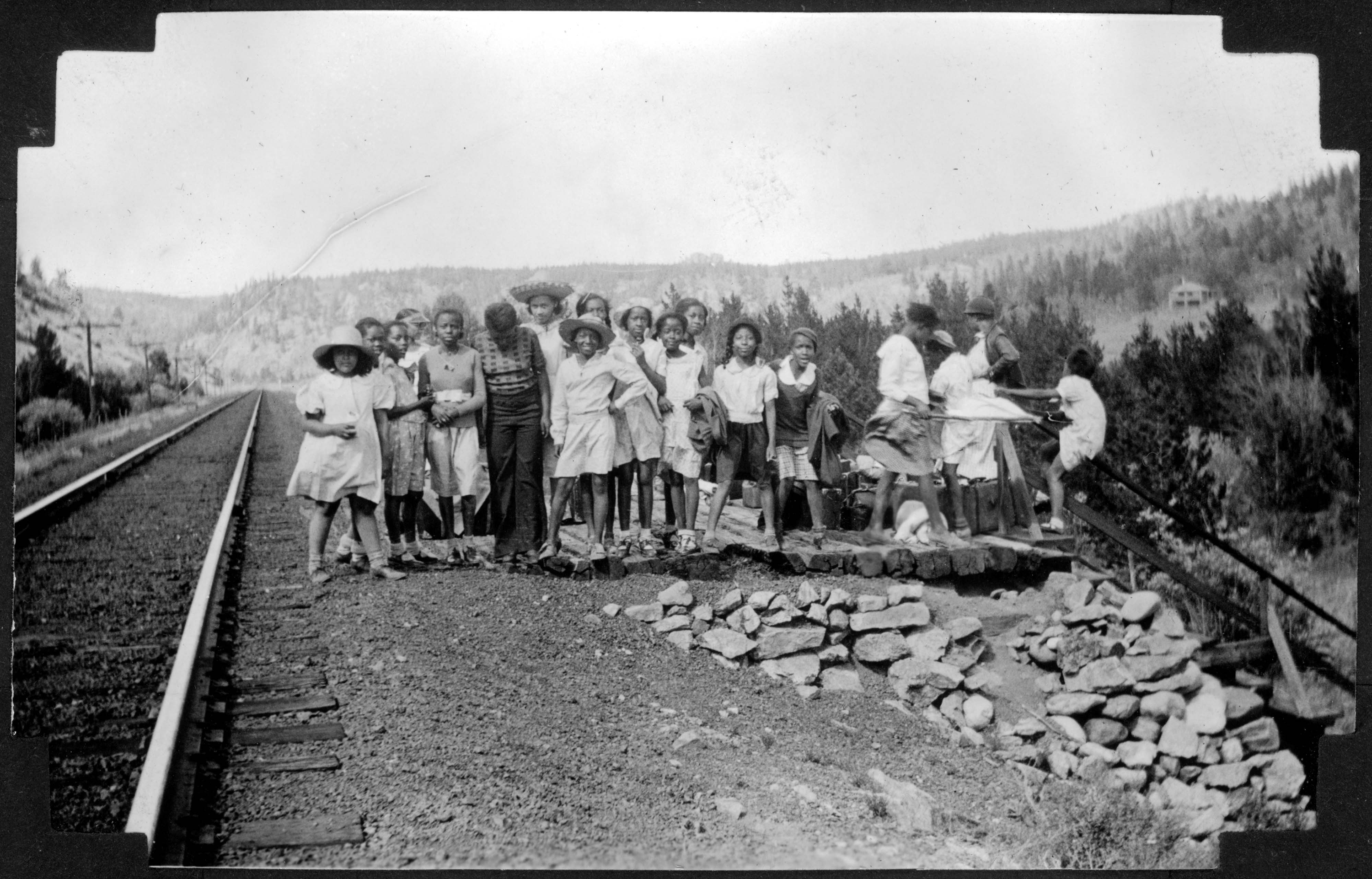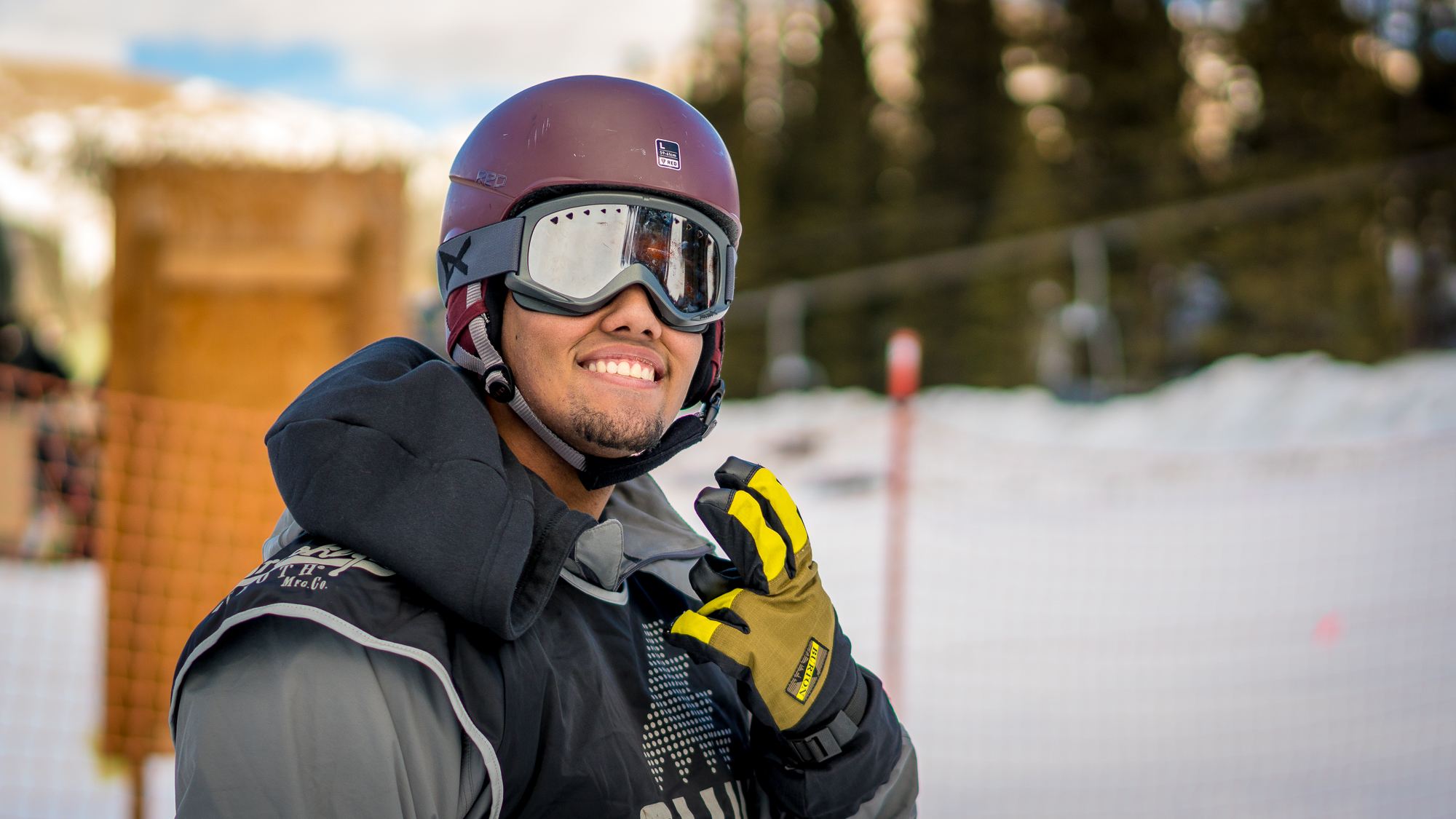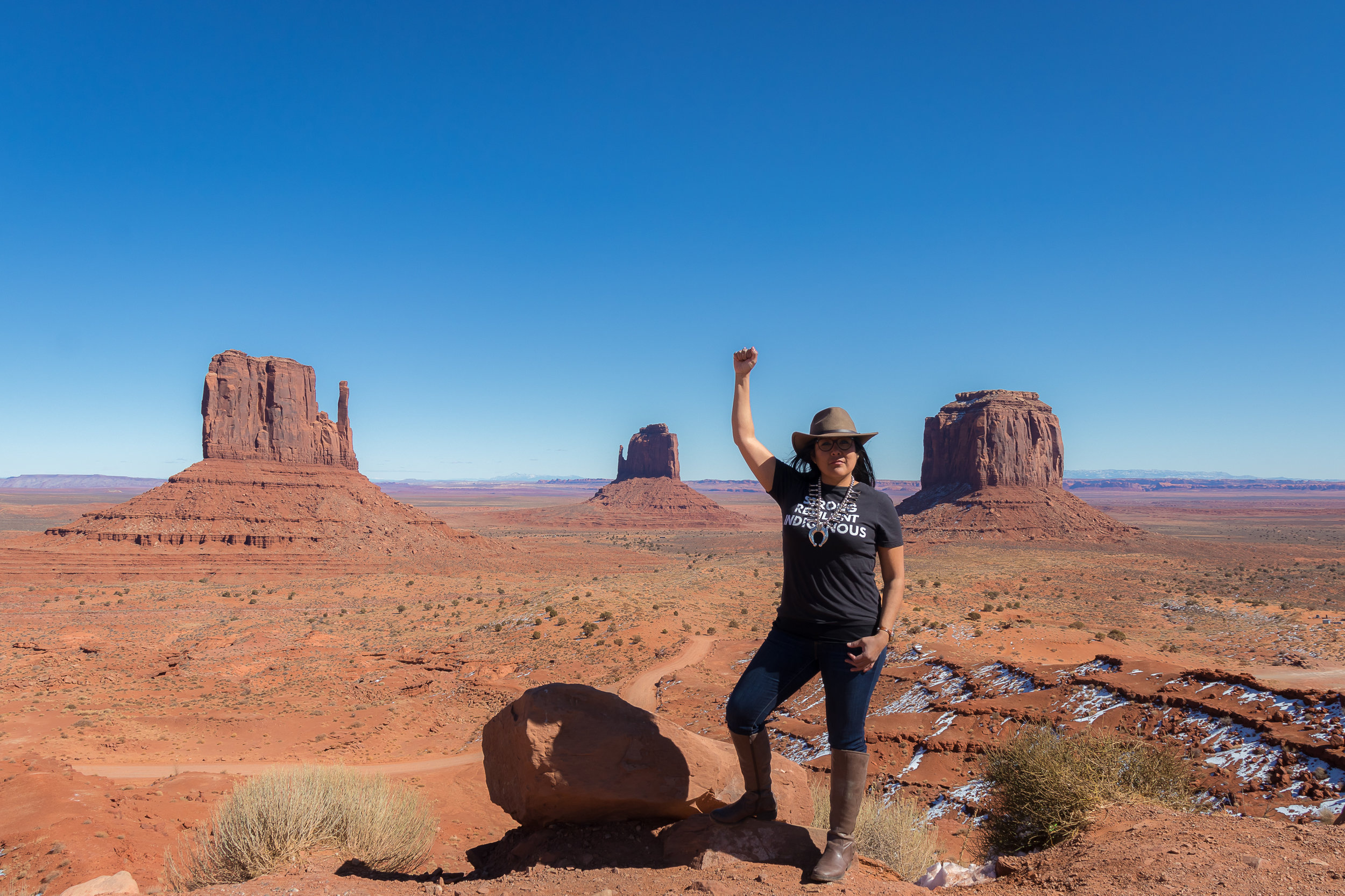Colorado is home to some of the world’s most breathtaking outdoor spaces including 11 national forests, 41 state parks and four national parks. With almost 15,000 miles of recreational trails statewide and countless Rocky Mountain adventures within an hour drive of Denver – it’s no wonder I-70 is rarely vacant. Despite Denver’s love for the outdoors – Colorado’s minority population remains underrepresented in outdoor spaces. A space that has been inaccessible to many due to both gender and racial inequality.
As of 2019, minorities made up 31.7% of Colorado’s population – but as the Outdoor Industry Association states in a 2019 report, “there continues to be a gap between the diversity of outdoor participants and the diversity of the U.S. population.” The report also concludes that while the number of Hispanic participants increased, Caucasians still represented 74.8% of overall participation. Meanwhile – Black Americans participation declined by 3.4%. According to The New York Times, “many Americans still do not associate Black people with environmental engagement.” But in lieu of recent events – the time for making the outdoors accessible to everyone is long overdue. Here are seven ways to make Denver’s and Colorado’s outdoors more inclusive:
Create new policies on equality and awareness
Creating space for minorities in the outdoors begins with creating new policies. Often times you’ll see countless rules that reinforce wildlife protection and advocacy for leave no trace within parks and at trailheads – but rarely is there information suggesting ways to be more inclusive. National Parks Services’ Office of Relevancy, Diversity and Inclusion provides a thorough explanation of what diversity means to NPS – setting the bar for national parks, state parks and outdoor spaces alike. Ensuring safety and inclusion for both employees and park visitors – provides the necessary groundwork for generations to come.
Consider the cost
The outdoors is often considered a place to escape on a budget because lodging is known to be more expensive than pitching a tent. But in reality – the price of camping can quickly add up. From tents and thermal sleeping bags to cookware and equipment – the startup costs alone can be overwhelming. Weighing in the price of a park pass, gas and food is also a factor for those ready to explore the great outdoors. While some of these expenses remain inevitable – considering lowering park entry fees is a great way to make parks more accessible. An affordable outdoors means lower-income families have an equal opportunity to enjoy colorful Colorado’s scenic landscapes.
Share the history and culture of Denver’s outdoors

Photo courtesy of Western History and Genealogy Department, Denver Public Library.
American history runs deep within the lands of Colorado – which is why it’s important to stay educated about the historical events that made Colorado the natural wonder it is today. For example – Denver’s rich yet complex history of Lincoln Hills. Established in 1925 – Lincoln Hills was a mountain resort established solely for Colorado’s Black community – seeking social mobility and racial equality in outdoor spaces. Educating the community about this landmark is as important as understanding the history of the Native American tribes that once occupied the land. It’s important that we are aware of such histories – as a way of respecting misplaced communities.
Make outdoor spaces more representative of minority groups
View this post on Instagram
A quick search of the outdoors on Instagram leads to endless photos of white people. Whether it’s camping, hiking or backpacking – minority groups are drastically marginalized. Companies have become more aware of this – as they strive to incorporate a variety of race, gender and sexual orientation into social media platforms and advertising. For example – National Park Services promotes #findyourpark in hopes of becoming more inclusive. The campaign encourages individuals to find the parks that best suit their interests. Social media has also become a popular platform for marginalized individuals to connect with the outdoors through hashtags. Ones such as #diversifyoutdoors and #melaninbasecamp are two that are well used and can connect people and encourage others to get outside. Such representation is uplifting – providing inspiration for those who often find themselves feeling isolated in an area of interest that is predominantly made up of college-educated white men.
Encourage local school involvement

One of the best ways to implement change within our society is to teach the principles and values of equality both within and outside of the classroom. With schools more involved in the outdoors – more opportunities arise for children of color – children from low-income families and LGBTQIA+ to learn more about Colorado’s vast wilderness. In addition – students can develop a deeper connection to nature. Organizations like City Wild and Chill Foundation work to connect inner-city kids with outdoor programs. According to Denver Public Schools, “historic, institutional racism and discrimination have inhibited the academic and social progress of students of color and low-income students in Denver.” As the school system continues to work towards strengthening Denver’s neighborhoods through education – it’s important to encourage their involvement in Colorado’s most loved community – because Denver’s future deserves a wilderness where everyone is welcome.
READ: Chill Gives Denver Youth a Chance to Learn How to Snowboard
Reach out to non-profit organizations

A great way to learn about ways to be more inclusive is by reaching out. Non-profit organizations are great for learning more about the cause they advocate for. They also commonly provide resources that you might not find elsewhere. By supporting non-profit organizations – you are also supporting local small businesses and in turn empowering non-white leaders. For example – Outdoor Afro – a Denver non-profit – is a nationally recognized organization that establishes connections between Black people and nature. Other non-profit organizations you might consider supporting are Native Women Wilderness – whose mission is to, “inspire and raise the voices of Native women in the Outdoor Realm,” The Venture Out Project – a non-profit advocating for LGBTQIA+ and Hecho (Hispanics Enjoy Camping, Hunting, and the Outdoors).
Report obscene, racist or violent behavior
On July 13, 2020 – Trail Gazette reported a verbal altercation with alleged racial bias in Estes Park. Home to Rocky Mountain National Park, Estes Park considers its community, “diverse and welcoming” – and encourages those who are victims of any racial abuse, inequality or cruelty to report such behavior. Being mindful of this in the outdoors is a great way to keep all members of the community safe – a goal we should all strive for. By reporting racism and violence in outdoor spaces – we can collectively work towards a space that is truly equal.





